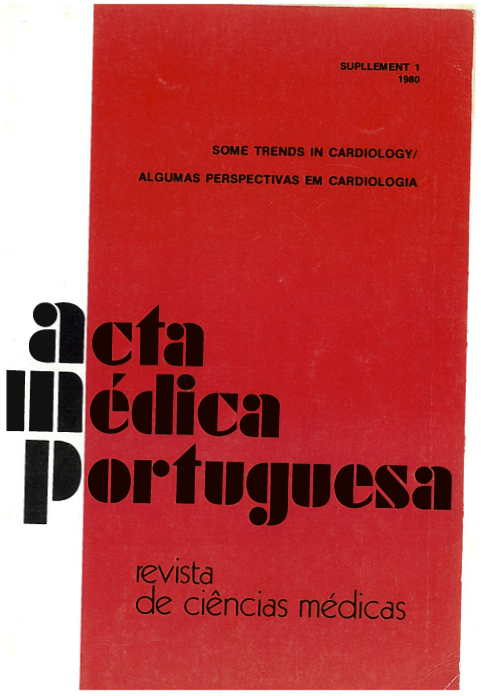Procainamide, oxprenolol and amiodarone as antidysrhythmic drugs in myocardial infarction.
DOI:
https://doi.org/10.20344/amp.4294Abstract
Using Holter recordings and based on the principle that most of the survivors of acute myocardial infarction who are going to die suddenly after hospital discharge are those who present ventricular premature beats (VPB), the authors have studied the effect of three different antidysrhythmic drugs - procainamide (PA), oxprenolol (OX) and amiodarones. (AMIOD) - in late phase of acute myocardial infarction. All the trials have been controlled Procainamide (47 patients studied), in comparison with placebo (PL), revealed to be effective (a) in supressing and diminishing VPB/hour (p=0.0425), and (b) in maintaining patients with no VPB (PA 89.6% - PL 64.7%). Oxprenolol (27 patients studied), in comparison with placebo, revealed to be effective (a) in maintaining patients with no VPB (p=0.0525), and (b) in avoiding the increase of VPB/hour (p=0.0576). Finally amiodarone (37 patients studied), in comparison with placebo, was effective (a) in maintaining patients with no VPB (AMIOD 50% - PL 39%), (b) in diminishing VPB/hour (AMIOD 29% - PL 9%), and (c) in avoiding the increase of VPB/hour (AMIOD 79% - PL 48%). The authors finish their paper emphasizing that no antidysrhythmic drug should be introduced in clinical practice before being submitted to controlled studies with Holter electrocardiography.
Downloads
Downloads
How to Cite
Issue
Section
License
All the articles published in the AMP are open access and comply with the requirements of funding agencies or academic institutions. The AMP is governed by the terms of the Creative Commons ‘Attribution – Non-Commercial Use - (CC-BY-NC)’ license, regarding the use by third parties.
It is the author’s responsibility to obtain approval for the reproduction of figures, tables, etc. from other publications.
Upon acceptance of an article for publication, the authors will be asked to complete the ICMJE “Copyright Liability and Copyright Sharing Statement “(http://www.actamedicaportuguesa.com/info/AMP-NormasPublicacao.pdf) and the “Declaration of Potential Conflicts of Interest” (http:// www.icmje.org/conflicts-of-interest). An e-mail will be sent to the corresponding author to acknowledge receipt of the manuscript.
After publication, the authors are authorised to make their articles available in repositories of their institutions of origin, as long as they always mention where they were published and according to the Creative Commons license.









